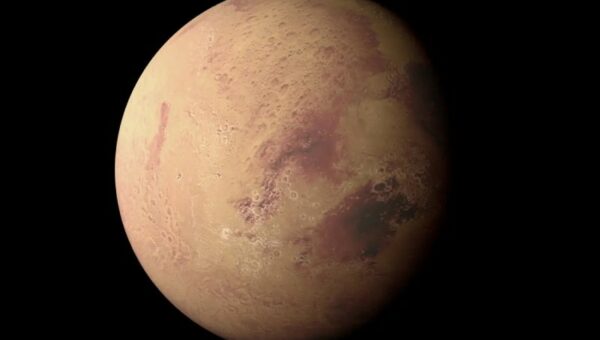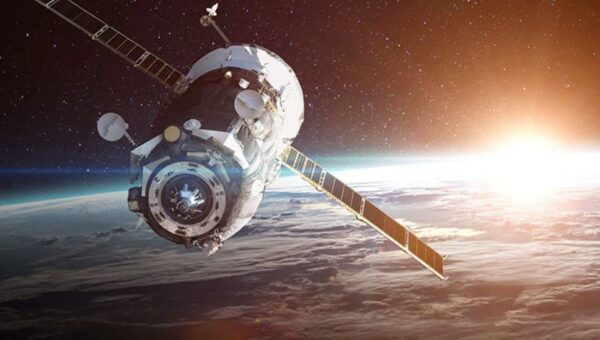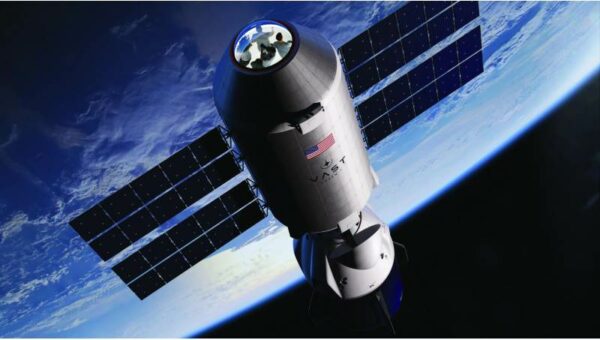In late 2024, NASA’s audacious Parker Solar Probe is getting ready to “touch” the Sun once more.
The probe will fly quickly into the Sun’s corona, the upper atmosphere, during this impending near encounter.
In the same way as landing on the moon provided important new understandings of its formation and geological past, “touching” or closely examining the Sun’s constituent parts is essential to comprehending our host star and its impact on the entire solar system.
NASA announced in December 2021 that a spacecraft had successfully entered the solar corona and established contact with the Sun for the first time in history. This historic accomplishment marked a major breakthrough in solar physics since the probe gathered vital information on magnetic fields and charged particles.
The BBC reports that in 2024, the spacecraft is expected to reach an astounding speed of 195 km/s, or 435,000 mph, as it navigates the extremely inhospitable atmosphere surrounding our star.
During its approach of the Sun in 2024, the probe is expected to get as close as 3.9 million miles, which is closer than Mercury. The probe’s rapid ascent will be aided by the strong gravitational pull of the Sun.
Spacecraft with robust heat shielding
The probe was intended to make close approaches of the Sun when it was launched in 2018. Scientists may now directly examine solar material, like as charged particles and magnetic fields, thanks to this mission, which will provide them with previously undiscovered details about the dynamics of the Sun.
Parker might easily gain important insights by flying closer to the solar surface into processes like solar wind, which is the outward flow of charged particles from the Sun that affects all planets, including Earth.
Other solar missions that are placed farther apart would have trouble gathering crucial information because they are too far away to notice these kinds of features.
Thanks to shields made of carbon composite that are four inches thick, the $1.5 billion probe can withstand the heat.
During perihelion, the point in the probe’s orbit closest to the star, this enormous heat shield shields the probe and its instruments. According to reports, the spacecraft’s front may be experiencing temperatures as high as 1,400°C at this point.
Parker’s method allows for quick entry and exit, allowing a variety of equipment to be used to assess the solar environment.
This particular strategy could provide answers for a number of mysterious underlying processes that control the Sun. The phenomena of superheating in the corona is one of these puzzles.
There is an apparent paradoxical overheating in the corona. Although the Sun’s photosphere has a surface temperature of about 6,000°C, temperatures inside the corona can reach astonishing levels of millions of degrees Celsius and more.




